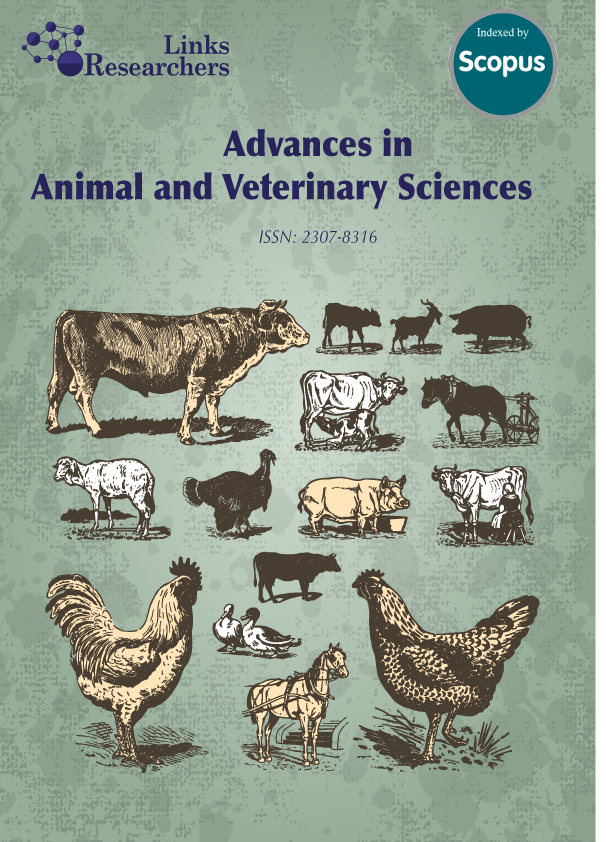The illegal wildlife trade constitutes exploitation and violates animal rights and welfare. The wildlife trade is a major threat of biodiversity loss in Indonesia, one of the most biodiverse countries in the world. The increase in illegal wildlife trade can be suppressed through law enforcement that involves the investigation process which has important aspects of veterinary forensic. Veterinary forensics aims to uncover crimes, including the illegal wildlife trade, as part of wildlife protection. All physical trauma wounds found during veterinary forensic examinations must be fully described to help analyze the conclusions of medical-legal and investigations. Data on various physical trauma injuries in endemic wildlife caused by animal crimes are difficult to find. This study aims to qualitatively descriptive physical trauma wounds in the necropsy report of Javan langurs (Trachypithecus spp.) (endemic wildlife in Indonesia) at Javan Primate Rehabilitation Center, to add references related to the description of physical trauma wounds for veterinary forensic examinations. The variables included description, etiology, instrument, and type of wounds. The identification results showed 11 types of wounds: abrasion, chop, gunshot, hematoma, therapeutic, and laceration wounds. The instruments responsible for these wounds included blunt-force objects, sharp-force instruments, and firearms. The most common physical trauma injuries were mechanical in nature, with gunshot wounds caused by air rifles (5/11) and hematoma abrasions from blunt objects (5/11). The most frequently abused parts of the body are the legs and head and the highest severity of injuries is on the leg and arm.
Keywords | Illegal wildlife trade, Javan langurs (Trachypithecus spp.), Necropsy reports, Physical trauma wounds, Veterinary forensics





